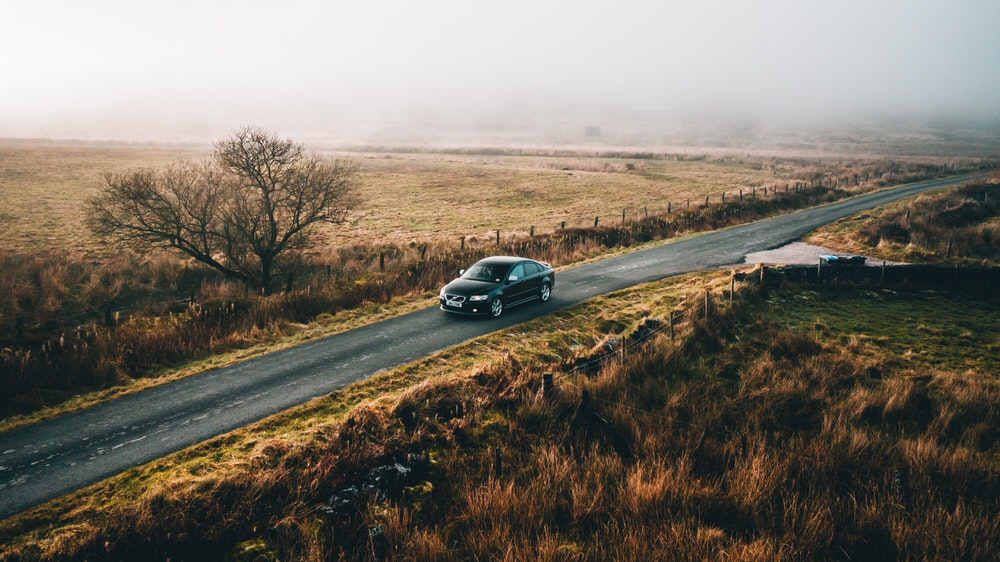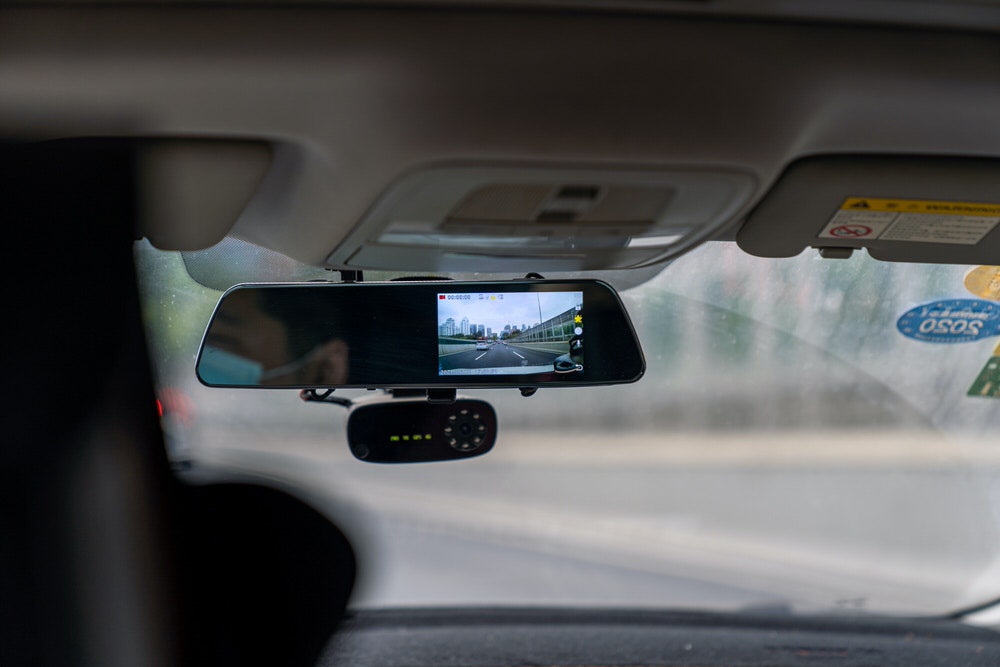Dashcam Guide – How to Buy the Best Dashcam for your needs and Budget
Thinking of buying a dashcam but not sure which one to get, or even where to start? Our dashcam buyer’s guide includes everything you need to know.
What is a dashcam?
A dashcam (short for dashboard camera) is a small camera that records what’s happening on the road in front of you (or behind, depending on the model). Dashcams can offer drivers peace of mind on the road, safe in the knowledge that police and insurers can find out precisely what happened in the event of a crash.
A good dashcam or dashboard camera is able to record high-quality video footage to help prove what happened in the event of a crash, or protect you from false claims.
What types of Dashcam are available?
The two types of dashcams available on the market are forward-facing and front-and-rear. A forward-facing dashboard camera records the road ahead only. A front and rear dash cam is a multiple-lens system that offers both forward-facing and rear-windscreen cameras to record what is happening both in front and behind you.
What are the benefits of having a dashcam?
The best benefit of installing a dashcam is having evidence that can be used to prove that you aren’t at fault if your car is involved in a collision or accident. Your dashcam footage could be used by the police or insurers to evaluate precisely what has happened, potentially assisting you to avoid any issues with insurance claims or legal matters. Some models of dashcam also include a parking mode, meaning that any collisions that happen when you aren’t in the vehicle are still recorded.

Does the resolution of the footage matter?
All dash cams support at least HD resolution (1,280 x 720 pixels to be precise) but it’s more common for dash cams to record in Full HD ( that’s 1,920 x 1,080 pixels). Some newer models can record up to 4K (3,840 x 2,160 pixels).
A higher resolution doesn’t always mean better quality. If you can, look for example footage online of the model you are thinking of buying before you purchase.
Other features to consider
Not every feature offered with some Dashcams are essential, but some can make using your dashcam easier. Here are a few features to look for:
- G-force sensors: This means that the camera will automatically save moments of high G-force, generally during a collision. This means the footage – which is recorded on a loop – will be protected from getting overwritten.
- GPS: This allows you to pinpoint your exact location at the time of the collision. It will also show the route you were on and your speed. This could be helpful for building up a picture of precisely what occurred in a crash.
- Parking mode: This means that your dashboard camera will automatically begin recording if it detects a collision or impact while you’re parked. Useful for finding out who bumped your car in a busy car park.
- Wi-Fi: Wi-Fi lets you send the footage wirelessly from the camera to your device, meaning you don’t have to remove it and take it inside.

